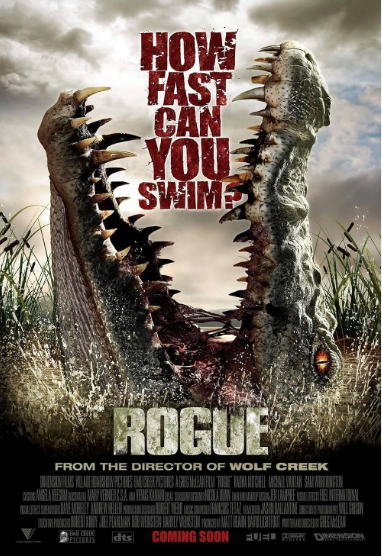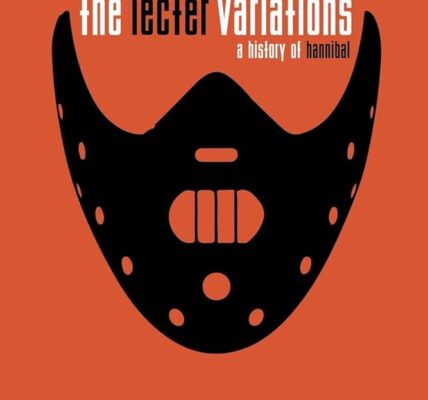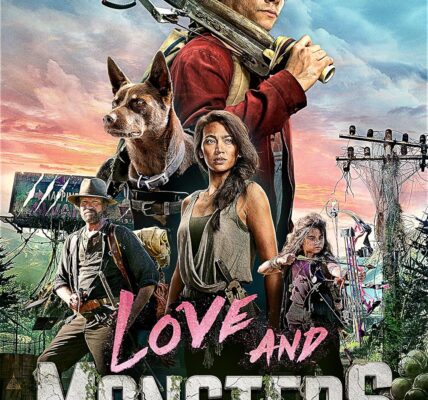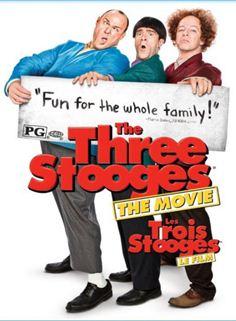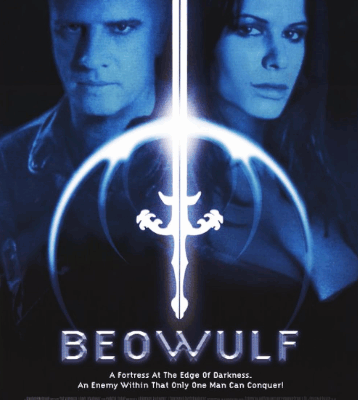1. Plot Summary
Pete McKell, an American travel writer, joins a river-boat tour in Australia’s Northern Territory, led by wildlife guide Kate Ryan. The group sets off along a crocodile-infested river, expecting a scenic tour with close encounters of a safe kind.
When they see a flare in the distance, they depart the usual path to investigate. Soon their boat is struck from below by an enormous crocodile, forcing them to make landfall on a small muddy island. With night coming, tide rising, no radio, and a gargantuan predator stalking them, they must find a way to survive. Character tensions, leadership choices, fear of nature, and defenselessness in the face of a merciless beast dominate the setting.
2. Notable Elements
Here are what I found to be the strongest and weaker parts, especially scenes or features that stand out:
Stronger / stand-out elements:
- Cinematography & setting: The way nature is shot — rivers, deep gorges, swampy islands, caves — creates strong atmosphere. The remote Australian wilderness (Kakadu National Park, etc.) gives a sense of isolation and raw danger.
- Creature suspense: The crocodile is used well as a lurking menace. For much of the film, it is unseen or partially obscured; this builds tension before the big reveals. The “unseen danger” approach works in scary scenes (e.g., boat being smashed from below) more than just showing the monster all the time.
- Lead performances: Radha Mitchell as Kate Ryan is compelling — she’s tough, competent yet vulnerable, especially as things go wrong. Michael Vartan as Pete McKell also does well, particularly as his character shifts from somewhat reluctant passenger to forced survivalist. The supporting cast gives life to the group dynamic, so we care (to a degree) about who survives.
- Pacing: The film builds steadily: initial scenic boat ride → flare → disaster → struggle. It gives audiences breathing room, then ramps ups the tension as more people are lost. The rising water/tide subplot adds urgency.
Weaker / less successful parts:
- Character depth: Some characters are thinly sketched. While the main leads are ok, many tourists feel like archetypes (bratty teen, nervous mother, etc.), which is common in creature features but reduces emotional impact for some of their fates.
- Some predictability and familiar tropes: The “signal flare leads to trouble,” “island with rising tide,” “survivor in cave’ final stand” are familiar beats in monster / survival horror. Rogue does them well, but they are not especially surprising.
- Creature reveal vs CGI: Some parts where visuals or effects of the crocodile strain believability. For some viewers, the CGI or mixing of practical effects and digital may sometimes undercut tension.
- Emotional payoff: Because so many are introduced quickly, lose quickly, and with limited backstory, some deaths or moments don’t hit as hard as they could. Also, there is a notable dog character whose fate many viewers find emotionally jarring (both for how it’s handled and because animals often induce stronger immediate emotional responses).
3. Themes and Messages
Here are key themes / what the film seems to be saying, plus how these might (loosely) relate to holiday or festive sentiments (if one tries to connect them):
- Man vs Nature / Respect for the wild: The film emphasizes that humans are vulnerable, especially when they assume they are in control. The crocodile, environment, rising tides — nature doesn’t negotiate. There’s a humbling in being exposed to something primal.
- Survival and leadership under pressure: How different individuals respond when things go wrong — who steps up, who panics, who tries to help, who gives in. Kate’s leadership, Pete’s growth, Neil’s actions are part of this theme.
- Fear, guilt, regret: Some characters regret choices (e.g. venturing off path, taking risks) or feel guilt (survivor’s guilt). The journey forces them to confront their fears.
- Isolation & consequences of decisions: Many of the group’s troubles come from decisions: investigating the flare, leaving safety, trying escape plans. These ripple out.
Relating to holiday sentiments: The movie is not designed around holidays, but if you think in terms of values often celebrated in holiday times — togetherness, protecting loved ones, courage, helping others — Rogue touches on those. The idea of people banding together to face danger, sacrifice, generosity under stress, moral courage — these are qualities that often are highlighted in festive/reflective periods.
4. Personal Impressions
Here’s what I thought personally, what resonated, and what didn’t:
What I liked:
- I found the tension well-handled: the slow build, the sense of dread when the crocodile is unseen, the rising tide threat, the isolation, all work together to maintain suspense.
- Radha Mitchell’s performance stood out for me. She carries much of the film’s emotional weight, especially as more people die and as the group crumbles.
- The setting and visuals are beautiful and harsh: Australian wilds, rivers, caves, swamps — they feel real and dangerous. It looks like a horror film that respects its natural backdrop and uses it effectively rather than as mere scenery.
- The final confrontation in the crocodile’s lair is satisfying as a finale. It has real stakes; seeing Pete forced to face the fear and act is good hero‐arc stuff.
What less worked for me:
- Some of the side characters felt too disposable. Because there are many, it becomes harder to care deeply when one falls. Sometimes their motivations or personalities are so thin that their deaths feel like checklist fulfillments rather than true loss.
- The CGI, while serviceable, occasionally pulled me out of the immersion (especially in some wide shots or when the croc is moving quickly). If the film had leaned a little more on practical effects or kept the creature more hidden longer, that might have heightened fear.
- There were moments when the tension slackened due to predictable “run here then realize wrong path” decisions. Some moves made for plot convenience rather than believable character logic.
5. Audience Recommendations
Who will particularly enjoy Rogue (2007) — and who may not:
Likely to enjoy:
- Fans of creature-feature horror, especially crocodiles / animals as antagonists. If you like Jaws, Lake Placid, Black Water, etc., this is your kind of movie.
- Viewers who enjoy suspense more than gore. The film creates fear and threat perhaps more through implied danger, environment, threat rather than nonstop blood and guts.
- People who appreciate scenic wilderness settings, natural horror, and films where nature itself is a character.
- Audiences willing to be okay with some genre conventions and willing to accept some weaker CGI in exchange for tension, survival scenes, character dynamics, and monster showdowns.
Less likely to enjoy:
- If you want deep character arcs, emotionally complex relationships, or strong character backgrounds, Rogue may disappoint.
- If you need highly polished creature effects / hyper-realistic animals at all times, some of Rogue might feel a bit clunky.
- If you dislike the “tourist in danger” trope, or find group survival horror with many deaths too distressing, this one is on the darker end.
6. Conclusions and Rating
In sum, Rogue (2007) is a solid, well-crafted creature horror film. It doesn’t reinvent the genre, but it works well: tension is sustained, the natural settings are beautiful and menacing, key performances are strong, especially from Radha Mitchell, and the horror/thriller elements deliver when they need to. Some flaws (character depth, occasional CGI weaknesses, predictability) prevent it being outstanding, but it’s very good for what it aims to be.
Final Recommendation: If you’re in the mood for a crocodile horror movie with atmosphere, survival drama, danger, and a satisfying climax, Rogue is likely to give you a fun and scary ride.
Star Rating: ★★★★☆ (4 out of 5)
Watch more:
